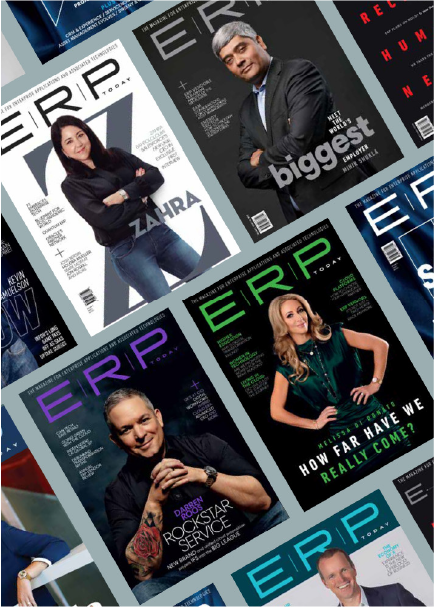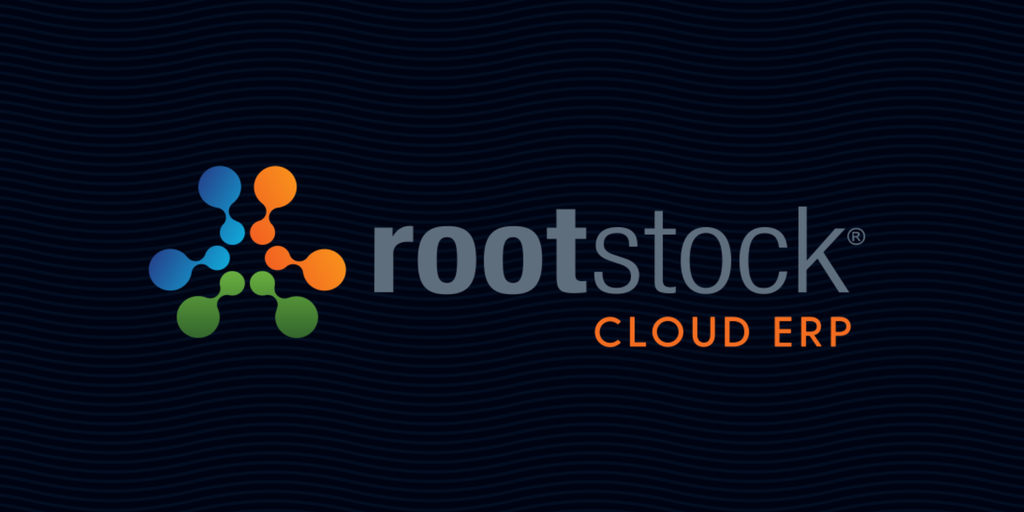The buzz around Generative AI (Gen AI) has increased today, with AI tools catapulting it into the mainstream, making it clear that this technology is a present-day imperative for businesses looking to stay competitive. But while Gen AI might be ready for the market, the big question is: are organizations prepared for Gen AI?
The Challenges Around Data and AI
According to Nish Patel, Partner, Hybrid Cloud & Data at IBM Consulting, a significant hurdle lies in a few key business concerns: accountability, transparency, and explainability. These, he noted during an ERP Today webinar on this topic on April 30, all stem from a fundamental issue: trust.
“Trust is a major extension of data,” Patel emphasized. “Without trustworthy data, the outputs of even the most sophisticated Gen AI models become questionable.”
The challenges to achieving this data trust are significant and widespread. Nish pointed out that a staggering 45% of enterprises struggle to make their data useful for analysis or feeding into AI, primarily because it’s scattered across “multiple locations, multiple clouds, multiple data silos.” This fragmentation leads to poor data quality and inconsistency, contributing to a startling statistic: 80% of business executives don’t trust their data.
Add to this the challenges of expanding company-wide data literacy (a high or critical priority for only 26% of those surveyed by IBM), protecting organizational data (only 18% excel at this), and concerns about data lineage and provenance (a barrier for 61%), and the scale of the data readiness problem becomes clear.
A Seven-Step Framework
So, how do you tackle this multi-headed data monster? Sandhya Ranganathan Iyer, Associate Partner, AI and Analytics at IBM Consulting, shared a seven-step framework for laying the groundwork with robust data governance. “It all starts with building a strong foundation and establishing a data or AI governance office to ensure alignment across IT, legal, and business teams,” she said.
A crucial step Iyer highlighted is building a rich metadata catalog. This creates information about your data, providing the business context needed for Large Language Models (LLMs) to make sense of organizational-specific information and generate tailor-made responses.
She added, “The metadata catalog is key to helping the LLM understand and provide responses tailor-made to your organization.”
From there, the framework moves through overlaying data privacy rules, ensuring compliance with ever-changing regulations, implementing data quality measurements and custom rules, and making trustworthy data accessible across the organization through tools like marketplaces and semantic search. This accessibility also comes with the crucial elements of lineage and explainability, so users understand where the data came from and what transformations it has undergone – further building trust. The final step involves continuous monitoring to ensure data remains up-to-date and reliable, even incorporating data drift detection.
Technology Matters
But even with a solid framework, the technology you use matters. Patel highlighted Oracle Database 23ai as a technology that can accelerate data readiness. “Features like automatically building and refreshing vector data, and semantic search capabilities allow users to simply ask a question like you would in a chat to fetch information from a document or to generate SQL queries,” he said. This, combined with no-code development options, can significantly accelerate the AI application production path.
Ultimately, the journey to Gen AI success isn’t just about algorithms or models. According to Patel and Iyer, it’s deeply human and about building trust in the very foundation of AI—the data. “This requires collaboration across teams, a commitment to quality and governance, and a willingness to adopt technologies that can help tame the data monster,” Patel concluded.
What This Means for ERP Insiders
Gen AI is a business imperative, but data readiness lags. Market trends indicate that while AI adoption is accelerating, with a significant percentage of organizations exploring or implementing AI, a considerable portion still feel unprepared for the advancements expected. The Generative AI market itself is projected to grow explosively. However, key challenges, such as data quality, governance, and the lack of relevant skills, are frequently cited barriers. This highlights a critical dichotomy: the clear business value and rapid adoption curve of Gen AI are undeniable, but the foundational work of ensuring data is trustworthy, accessible, and well-governed remains a significant, often underestimated undertaking.
Gen AI has great potential when applied to trusted, well-governed business data. Imagine leveraging Gen AI for more intelligent forecasting based on historical sales data combined with market reports or improving customer service by allowing natural language queries against product information and support logs. The emphasis on handling structured and unstructured data within platforms like Oracle Database 23ai is particularly relevant for ERP users who deal with everything from transaction records to contracts and communications. Getting data ready through governance and quality steps directly enables these practical applications, moving beyond reporting to truly leveraging data for better decision-making and operational efficiency.
The power of partnership and integrated technology matters. The collaboration between IBM Consulting and Oracle, highlighted by the capabilities of Oracle Database 23ai, signals a significant push towards making the foundational data layer more amenable to Gen AI, even within complex enterprise environments. ERP users often deal with vast amounts of structured and unstructured data, so the idea of a database automatically handling tasks like building and refreshing vector data is a game-changer. Features like AI vector search built into the database can dramatically accelerate how businesses leverage their data for AI. This multi-cloud availability of advanced database features also means organizations aren’t necessarily tied to a single cloud provider to leverage these capabilities alongside their existing ERP deployments.





